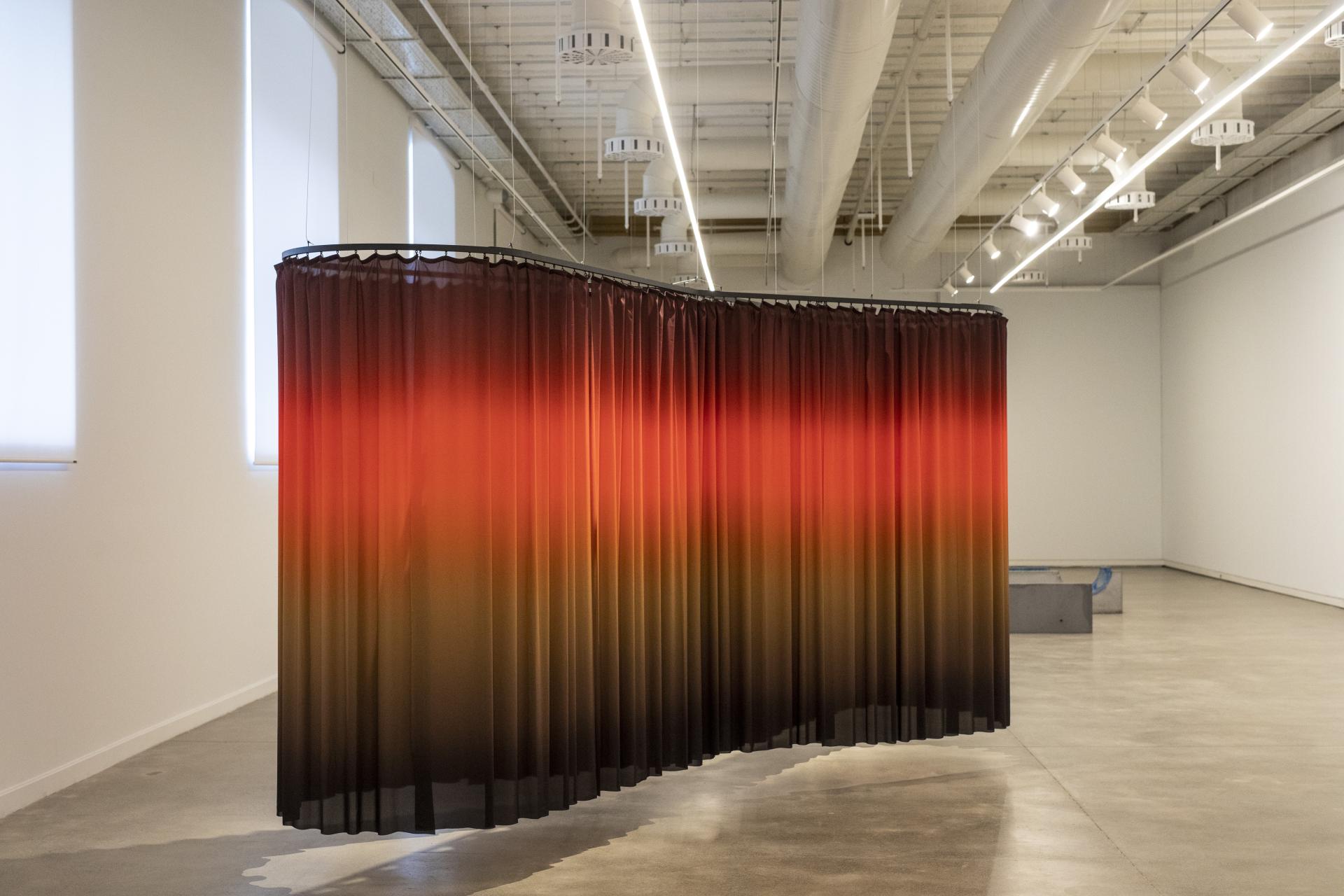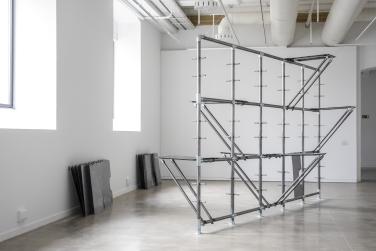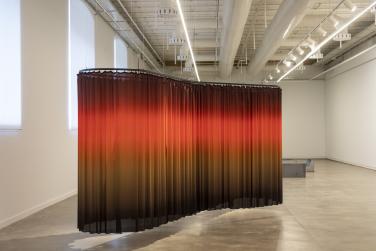Curated by Laura Vallés Vílchez the exhibition focuses on a new generation of sculptors.









Beginning with a shift in sculptural practice towards the notion of the body in the human, animal and machinic worlds, Larruak eta izurrak displays a plurality of sculptures, installations and objects that reclaim, after decades of historical disaffection, the importance of touch as a caress or as the formalisation of a longing. The incomprehension, apathy, and disengagement of the violence of the intricate world we inhabit call for other forms of learning, discernment, and collaboration.
Care and violence, inherent to the logics of sculpture, become visible on this occasion as forms of kinship through metal, concrete, resin, sheep's wool, blood powder, casein, glass, or skin. Through these vibrant matters, Nora Aurrekoetxea, June Crespo, Yael Davids, Iman Issa, Sahatsa Jauregi - Tripak, Kimia Kamvari and Lúcia Koch ponder the commitment to knowledge beyond the medium, beyond the authority of disciplinary knowledge.
It is becoming increasingly clear that disciplinary knowledge lacks the holistic approach that, on the contrary, a multiplicity of abilities or expertise within a field provides when brought together. Originally employed in the field of anthropology and later in the field of ethnography, this multi-faceted method that attends to multiple lived experiences facilitates position-taking.
In this sense, the artists propose a curious, careful, and pleasurable way of cultivating oneself in which form does not precede matter, with the aim of involving the different Tabakalera publics in the exhibition through proposals for collaboration with choreographers, filmmakers, and pedagogues. Given its participatory nature, Larruak eta izurrak ultimately constructs imaginaries and promotes other codes of learning that are affective and attentive to the context of Tabakalera.
Laura Vallés Vílchez
